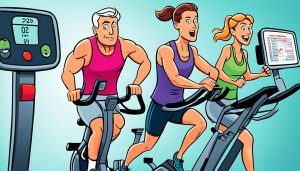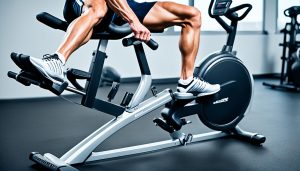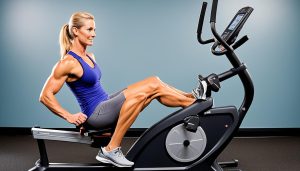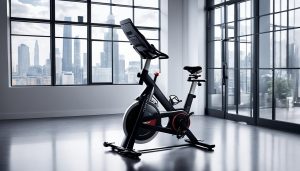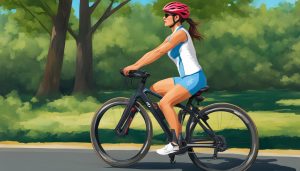Want to jump straight to our latest Exercise Bike Reviews?
Featured Articles
Who we Are?
Life - Fitness - Bike
Welcome to Life Fitness Bike, where a passion for stationary exercise biking meets the expertise of Andrew Hansen, our seasoned cyclist and founder. At Life Fitness Bike, we’re more than a website; we’re your go-to resource for everything related to stationary exercise biking. Whether you’re a beginner embarking on a fitness journey or an experienced rider seeking the latest trends in stationary cycling, we’re here to empower you with comprehensive knowledge and expert insights.
Led by Andrew Hansen, our platform is dedicated to providing accurate, reliable, and up-to-date information tailored to stationary exercise biking enthusiasts of all levels. With over two decades of global cycling experience, Andrew’s articles not only deliver valuable insights but also capture the joy and fitness benefits that stationary cycling brings.
Join us on the path to a healthier and more vibrant life through the world of stationary exercise biking. Life Fitness Bike is your guide to making the most of your stationary cycling experience.
Our Team
Our Team
Andrew Hansen
Andrew Hansen, the driving force behind Life Fitness Bike, is not just a writer; he’s your personal guide to the world of stationary exercise biking. With over two decades of cycling experience and a profound passion for fitness, Andrew is a seasoned cyclist dedicated to helping you unlock the full potential of your stationary exercise bike.
As the founder and primary writer, Andrew’s expertise lies in stationary exercise biking. His articles are not only a source of valuable information but also a reflection of the joy and fitness benefits that come with embracing stationary cycling. Andrew’s commitment to promoting a healthier lifestyle through cycling makes him the go-to expert for individuals at every stage of their fitness journey.
Join Andrew on a journey to discover the boundless possibilities of stationary exercise biking. Let his experience and insights guide you toward a healthier and more vibrant life. Welcome to Life Fitness Bike, where fitness meets expertise, and Andrew Hansen is your trusted companion.

